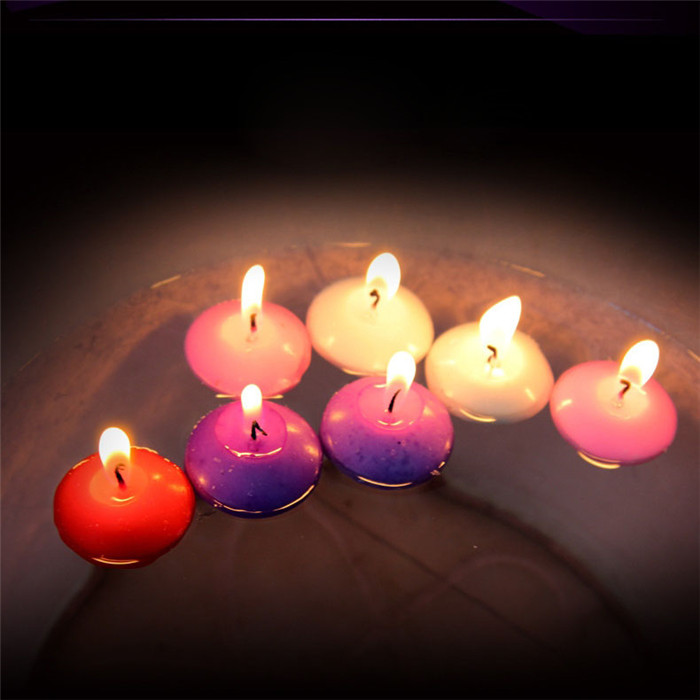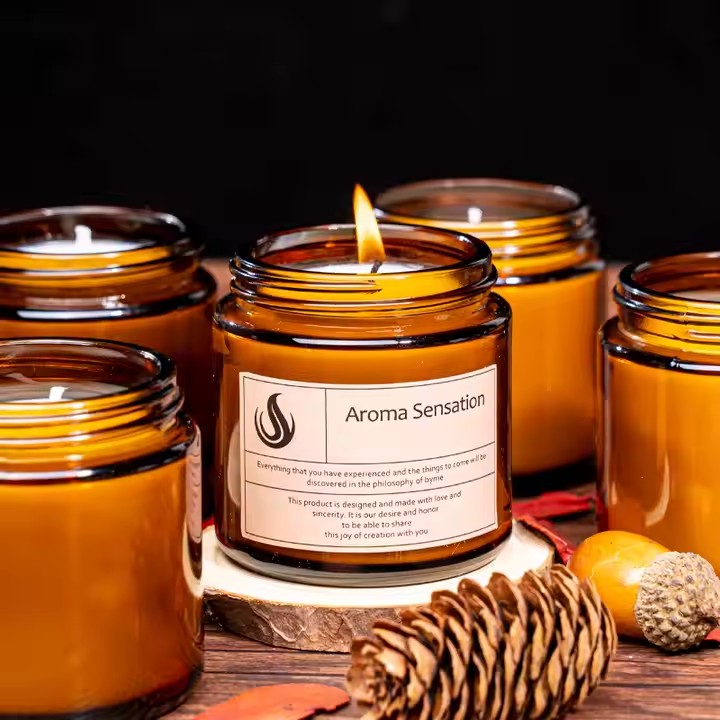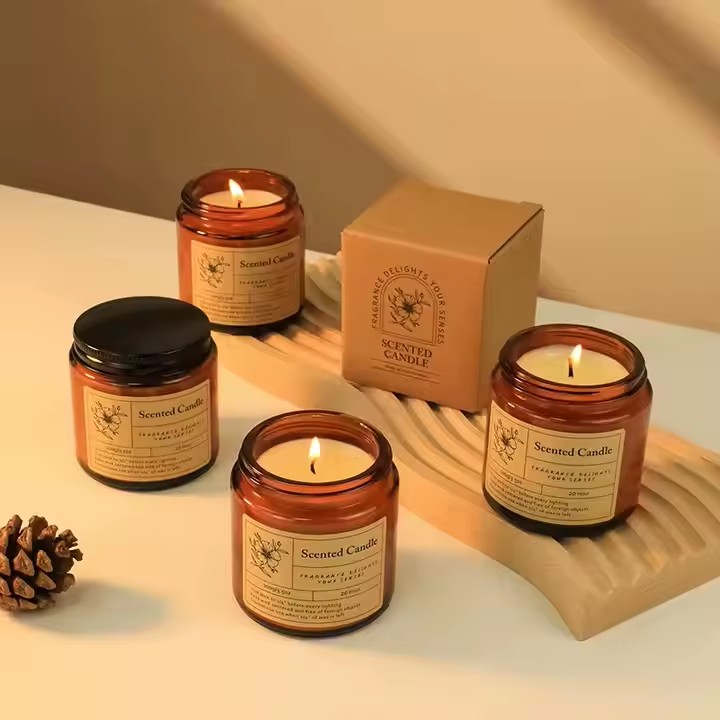Material Choices for Floating Candles: Paraffin, Beeswax, or Soy Wax?

What Are Floating Candles? Comprehensive Design and Function Overview
11/07/2025
How to Ensure Waterproof Performance and Stable Buoyancy of Floating Candles
13/07/2025


Material Choices for Floating Candles: Paraffin, Beeswax, or Soy Wax?
When creating or sourcing floating candles, one of the most important decisions is selecting the right type of wax. The material you choose will impact not only the appearance and burn quality of the candle but also its safety, scent throw, environmental impact, and cost.
In this article, we compare the three most popular wax options for floating candles: paraffin, beeswax, and soy wax. Each material has its own advantages and trade-offs, depending on your needs—whether you’re a consumer, event planner, or wholesale buyer.
🕯️ 1. Paraffin Wax: The Industry Standard
Overview:
Paraffin wax is the most widely used candle material worldwide. It’s a byproduct of petroleum refinement and is known for its excellent molding ability and consistent performance.
Advantages:
-
Very affordable, ideal for large-scale production and wholesale
-
Burns clean with proper wicking
-
Holds scent and color well
-
Easy to mold into smooth, water-resistant shapes
Disadvantages:
-
Not a natural or biodegradable material
-
May emit small amounts of soot if poorly wicked
-
Not suitable for eco-conscious or natural product markets
Best For:
Event planners, budget-friendly product lines, mass-market candles.
🐝 2. Beeswax: Premium & Natural
Overview:
Beeswax is a natural wax made by honeybees. It’s prized for its clean burn, subtle natural fragrance, and golden color. Beeswax is more dense, which may require specific shaping for floating candles.
Advantages:
-
100% natural and non-toxic
-
Burns longer and cleaner than most waxes
-
Naturally water-repellent, ideal for floating
-
Pleasant, light honey aroma (even without added scent)
Disadvantages:
-
Significantly more expensive than paraffin or soy
-
Limited color options (naturally yellow)
-
Can be tricky to mold for perfect float balance
Best For:
Luxury candles, eco-conscious brands, wedding/event favors with a natural theme.
🌱 3. Soy Wax: Eco-Friendly and Popular
Overview:
Soy wax is made from soybean oil and is a renewable, plant-based alternative to paraffin. It has grown in popularity due to increasing demand for sustainable products.
Advantages:
-
Biodegradable and derived from renewable resources
-
Burns cleaner than paraffin with less soot
-
Has a creamy, natural white finish
-
Supports “green” branding
Disadvantages:
-
Softer than paraffin, so may require blending for stable floating
-
Not always as water-resistant—can absorb some moisture over time
-
May frost or crack in appearance under certain temperatures
Best For:
Eco-friendly candle lines, natural wellness brands, health-conscious consumers.
🔍 Comparison Table
| Feature | Paraffin Wax | Beeswax | Soy Wax |
|---|---|---|---|
| Natural Source | ❌ No | ✅ Yes | ✅ Yes |
| Cost | 💲 Low | 💰 High | 💲💲 Medium |
| Burn Quality | ✅ Good | ✅ Excellent | ✅ Good |
| Float Stability | ✅ Excellent | ✅ Good | ⚠️ May need testing |
| Eco-Friendly | ❌ No | ✅ Yes | ✅ Yes |
| Best Use | Bulk/event use | Luxury/eco gifting | Natural product lines |
🧠 Conclusion: Which Wax Is Right for You?
-
Choose Paraffin Wax if you’re looking for affordability, consistency, and versatility—great for event suppliers and wholesalers.
-
Choose Beeswax for luxury, all-natural floating candles with excellent performance and a premium feel.
-
Choose Soy Wax to align with eco-conscious values and appeal to green consumers, especially in boutique or wellness markets.
At the end of the day, the best material for floating candles depends on your audience, brand values, and intended use.
👉 Looking to source high-quality floating candles in any wax type?
We offer OEM/ODM manufacturing, wholesale services, and full customization. Contact our team to find the perfect solution for your brand or event.



